The 15 best Big Data tools

In recent years, a large number of tools have been developed that allow working with enormous amounts of distributed data quickly and comfortably.
Mastering these tools allows you to perform a multitude of tasks on large data sets. Some of these are saving them in relational and non-relational databases, creating machine learning models, making requests on the data to filter, group and select, managing data in real-time flows among many more options.
1.Apache Spark
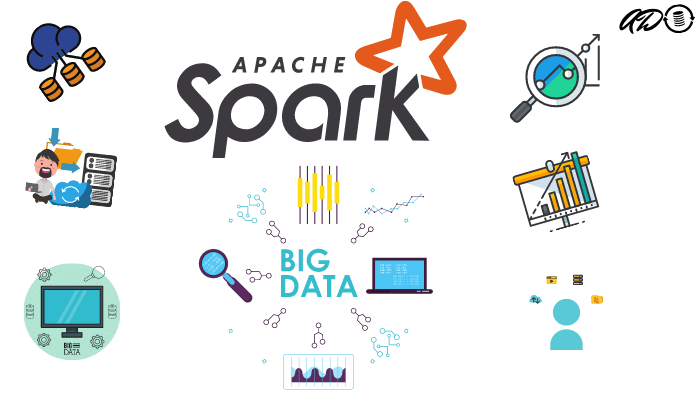
Apache Spark is an Open-Source project that allows massive data processing in a distributed way. It is a highly flexible processing engine that allows connection with other frameworks that work on top of Hadoop such as Hive, Pig, Hbase or Cassandra.
It can be used with multiple programming languages such as Python, Scala or Java.
Spark contains sub-modules specialized in different tasks related to Big Data processing:
Spark SQL
Spark SQL allows you to make requests to all types of data sources, whether they are relational databases through JDBC or ODBC, non-relational databases (NoSQL) such as Hbase or Cassandra, or simple csv files through RDD objects. (Resilient Distributed Dataset).
The requests use the SQL language, which is very similar to natural language, making it easier to use. The impressive thing is that we can use the SQL language (Structured Query Language) even though underneath we are making requests to databases that are not relational.
Spark Streaming
Spark Streaming is an extension to Spark that allows real-time data processing with fault tolerance and scalability.
Spark MLlib
MLlib is a Spark Core library that allows you to perform machine learning operations in a distributed way. Data can be loaded from HDFS or other file systems such as Amazon's EMR. Some of the machine learning methods that can be used are decision trees, logistic regression or K-means clustering.
Graph X
The GraphX module allows you to extend the functionality of RDD objects by creating objects that can be treated and operated using calculations between graphs.
2.Hbase
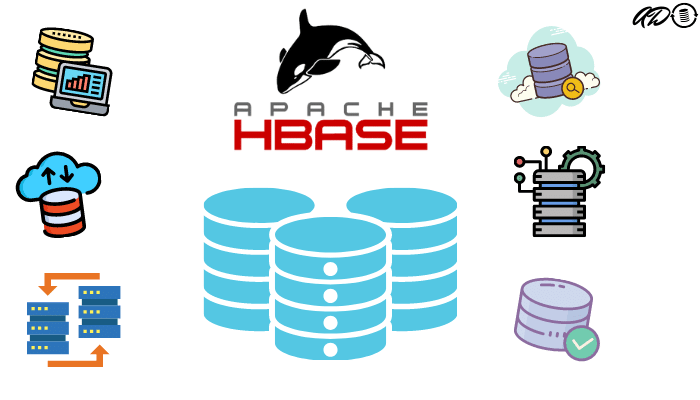
HBase is a distributed column-oriented non-relational (NoSQL) database that is built on top of the Hadoop HDFS file system.
This technology is designed to work with massive data and can be connected to other Hadoop frameworks such as Apache Pig or Apache Phoenix. Apache Phoenix allows the use of SQL requests to collect data from HBase.
3. Cassandra
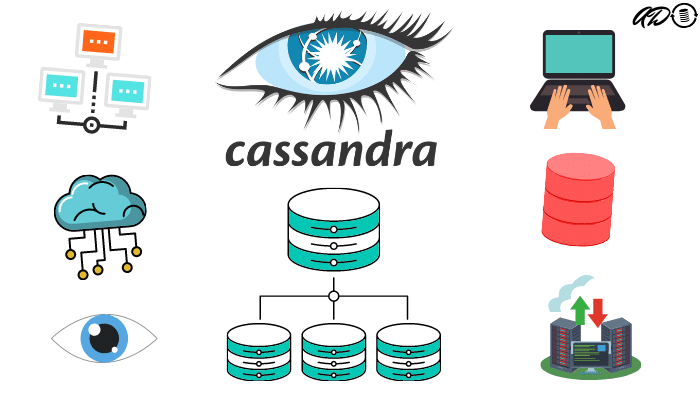
Cassandra is a non-relational column-oriented database system that includes its own query language: Cassandra Query Language (CQL) similar to SQL.
It is used by large companies that use a large amount of data such as Twitter, Netflix or Facebook.
4. Apache Hadoop

Hadoop is the technology that underlies most distributed Big Data applications and frameworks. Hadoop is open-source software that allows distributed data storage and processing.
Its main features are that it is scalable, fault-tolerant, has high data processing speed, is free, and can process a large amount of data effectively.
Thanks to Hadoop, most of the big data tools on this list could be developed.
5.Elasticsearch
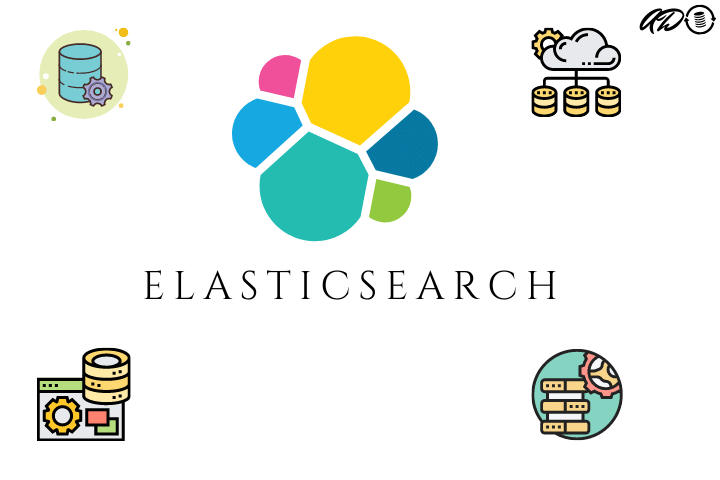
Elasticsearch is a search engine that allows the location of texts within a large amount of data. More specifically, we could define Elasticsearch as a non-relational database oriented to JSON documents, similar to the classic MongoDB.
6.Python

Python is a programming language that has become very popular in recent years due to its application in the world of Big Data, Data Science and Artificial Intelligence.
There are many frameworks and libraries to manipulate massive data in Python such as pyspark, pandas, tensorflow, pythorch or Hadoop.
Learning Python is vital for anyone who wants to have a fulfilling career in the world of data.
7.Scala
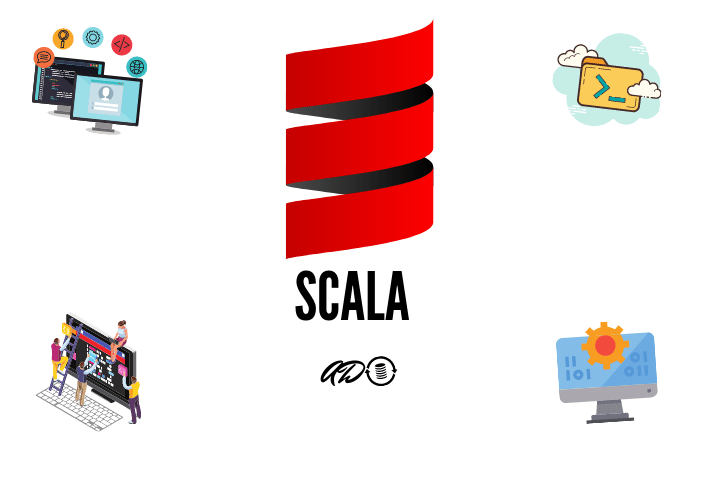
Scala is a less well-known programming language than Python, but widely used in the Big Data sector. Scala runs on the Java Virtual Machine and is the native language for massive data management technologies such as Spark. The advantage of using Spark in Scala instead of Python is the computing speed. For this reason, it is very useful to learn how to program in Scala.
8. Mongo DB
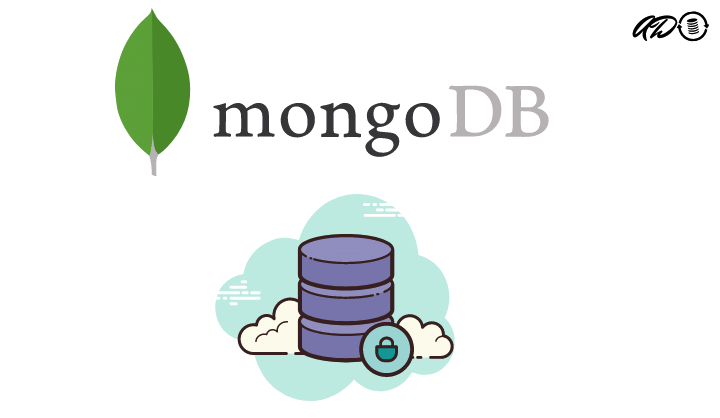
Mongo DB is a non-relational, or also known as NoSQL, document-oriented database. In this type of database, the information is saved in BSON format, that is, a binary representation of a JSON (Javascript Object Notation) object.
Mongo DB can be used for large amounts of data. However, above a certain amount, it is more advisable to use Hadoop-based distributed technologies such as Apache HBase or Apache Cassandra.
9. Kafka
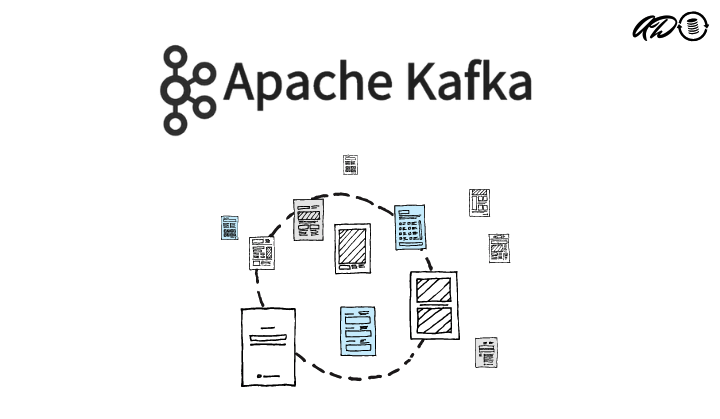
Apache Kafka is a distributed platform that allows you to manage data flows in real time. Real-time event processing has many applications in the current world we live in. Some of them are financial transactions, the stock market or real-time logistics tracking.
10. Apache Flume
Apache Flume is software from the Hadoop ecosystem designed for ingesting data from sources such as web servers. Flume is responsible for receiving, processing and saving them in a distributed file system, such as HDFS.
11. Nifi
Apache Nifi is software designed to automate data flows between systems. It allows you to carry out ETL (Extract, Transform and Load) processes popular in the business intelligence sector.
Nifi allows you to track data and its transformations in real time.
12. Google BigQuery
Google BigQuery is a highly scalable cloud-hosted data warehouse that allows you to host and query a large amount of data.
With BigQuery you can create artificial intelligence or machine learning models, quickly query data through SQL requests and integrate it with BI programs such as Tableau or Looker for data visualization and analysis.
13. Apache Storm
Apache Storm is a real-time data ingestion and analysis technology. Some examples of use are when it is necessary to receive and process data from certain sensors or analyze information from social networks such as Twitter or Instagram in real time.
Storm is divided into two elements: the Spouts, which are the part responsible for receiving the data, and the Bolts, whose function is to apply transformations to the information received.
This software treats Spouts and Bolts as nodes, creating a directed graph model.
14. Apache Sqoop
Sqoop makes use of multiple connectors to transfer data from various sources to the Hadoop HDFS, Hive or HBase file system.
For example, we can send data from Mysql, PostgreSQL, Oracle SQL among others to the distributed file system.
During the table reading and data population process, it uses MapReduce, which operates in parallel and with fault tolerance.
15. Kubernetes
Kubernetes is a Platform that allows you to orchestrate and manage multiple functionalities deployed in containers. It is an extension of Docker, which works in a distributed manner with many nodes connected to each other and running in a coordinated manner.
It is a very useful technology for applications that incorporate many microservices. Netflix has long used kubernetes to orchestrate its tasks.
Big Data Platforms
Big Data infrastructure is very expensive and difficult to manage and maintain. There are companies that rent you their resources so that you can run all kinds of functionalities related to massive data management on their cloud servers.
They offer all kinds of services such as:
- Storing data in relational databases, non-relational databases, data warehouses or data lakes
- Using data to create artificial intelligence models
- Use of containers such as Docker and Kubernetes aimed at microservices
- Products for data analysis
Some of the companies that offer these options are:
- Amazon AWS
- Microsoft Azure
- Google Cloud
- snowflake
It is important to know some of these platforms since they are widely used in the technology sector. For this reason, they are also important Big Data tools to know and take a course to learn their fundamentals.
Data visualization tools
We have seen the 15 most popular and most important tools to master if we want to have a long and successful career in the world of Big Data and data analysis.
All of them aim to facilitate the management and transformation of enormous amounts of data stored in a distributed way on multiple nodes.
Most of the information we work with is ultimately stored in distributed file systems such as HDFS, in data warehouses or in data lakes.
There are some tools, popular in the business intelligence sector, that allow you to visualize this information and make decisions based on this data.
It is also important to know the existence of these programs since they are widely used in the world of big data.
Some of these software are:
- Qlik
- Power BI
- Tableau
- looker
- Data Studio

